(CPV) - The Government has issued a Decree regulating the List of dangerous goods, transportation of dangerous goods, and procedures for granting licenses and certificates of completion of training programs for drivers or escorts transporting dangerous goods on roads.
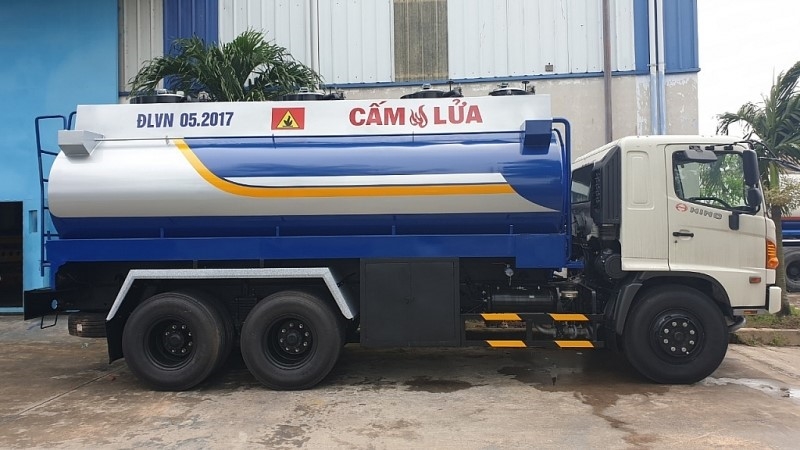 |
| Illustration photo. |
Specifically, the means of transport must meet the conditions for participation in traffic according to the provisions of law. Specialized equipment of means of transporting dangerous goods must ensure national standards or national technical regulations or according to the regulations of the specialized management ministry.
Vehicles transporting dangerous goods must comply with the provisions of Clause 3, Article 51 of the Law on Road Traffic Order and Safety ( specifically, vehicles transporting dangerous goods must have dangerous goods identification symbols; lights and warning signals installed ). If a vehicle carries many different types of dangerous goods, the vehicle must have all the symbols of those goods affixed. The position of the symbols on both sides, front and rear of the vehicle must ensure easy observation and recognition.
In addition, for vehicles transporting dangerous goods, after unloading all dangerous goods, if they do not continue to transport that type of goods, the transporter or driver must be responsible for cleaning and peeling off or removing the danger symbol on that vehicle.
Loading and unloading dangerous goods on vehicles and warehousing
The Decree clearly states that organizations and individuals loading and unloading dangerous goods on means of transport and storing them in warehouses and yards must strictly comply with instructions on preservation, loading, unloading and transportation of each type of dangerous goods or in the notice of the transport hirer.
The loading and unloading of dangerous goods must be directly guided and supervised by the charterer or the escort. Do not load together types of goods that can interact with each other, increasing the level of danger in the same vehicle. For types and groups of dangerous goods that are required to be loaded, unloaded and stored in separate places, loading and unloading must be done in separate warehouses and yards.
In case the transportation of dangerous goods does not require an escort, the carrier shall load and unload the goods according to the instructions of the charterer.
After removing all dangerous goods from the warehouse or yard, the storage area for dangerous goods must be cleaned so as not to affect other goods.
Transporting dangerous goods such as flammable and explosive substances through tunnels and ferries
According to the Decree, it is not allowed to transport explosives, gas, gasoline, oil and other flammable, explosive substances and desensitized solids through tunnels with a length of 100 m or more.
On the same ferry, do not simultaneously transport traffic participants or passengers (except drivers transporting dangerous goods, escorts, and ferry attendants) with vehicles (licensed to transport dangerous goods) transporting explosives, gas, gasoline, oil, and other flammable and explosive substances.
Transport of dangerous goods in special cases
The Prime Minister decides on the application of regulations and measures for the transportation of dangerous goods in the following cases: 1- Goods serving urgent requirements for disease prevention and control, natural disasters, and enemy attacks; 2- Transit goods of countries and international organizations that have not signed international treaties related to Vietnam.
* According to the Decree, depending on chemical and physical properties, dangerous goods are divided into the following 9 types and groups:
- Type 1. Explosives and explosive articles include 6 groups: Group 1.1: Substances and articles with a risk of wide explosion; group 1.2: Substances and articles with a risk of splashing but not wide explosion; group 1.3: Substances and articles with a risk of fire and a risk of small explosion or small splashing or both, but not wide explosion; group 1.4: Substances and articles with a negligible risk; group 1.5: Insensitive substances with a risk of wide explosion; group 1.6: Special insensitive articles without a risk of wide explosion.
- Type 2. Gas includes 3 groups: Group 2.1: Flammable gas; Group 2.2: Non-flammable, non-toxic gas; Group 2.3: Toxic gas.
- Class 3. Flammable liquids and desensitized liquid explosives.
- Type 4 includes 3 groups: Group 4.1: Flammable solids, self-reactive substances and solid explosives immersed in liquid or desensitized; Group 4.2: Substances capable of spontaneous combustion; Group 4.3: Substances which, when in contact with water, emit flammable gases.
- Type 5 includes 2 groups: Group 5.1: Oxidizing agents; Group 5.2: Organic peroxides.
- Type 6 includes 2 groups: Group 6.1: Toxic substances; Group 6.2: Infectious substances.
- Type 7: Radioactive substances.
- Type 8: Corrosive substances.
- Class 9: Other dangerous substances and articles.
The Decree takes effect from January 1, 2025.
Source: https://dangcongsan.vn/kinh-te/danh-muc-hang-hoa-nguy-hiem-van-chuyen-hang-hoa-nguy-hiem-va-trinh-tu-thu-tuc-cap-giay-phep-cap-giay-chung-nhan-687426.html








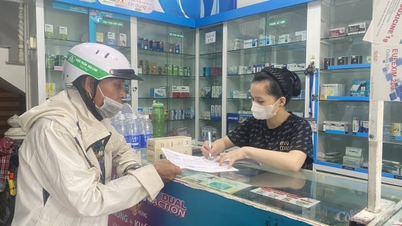




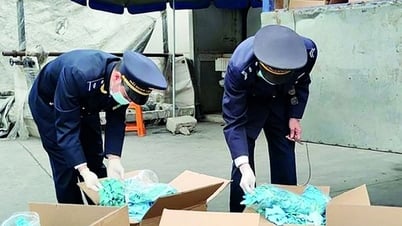






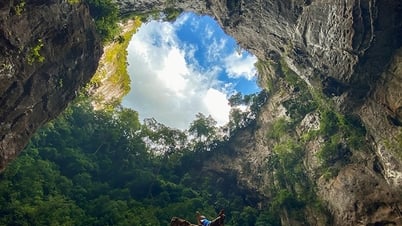























































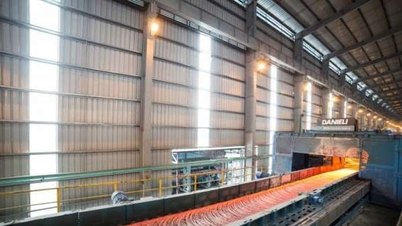






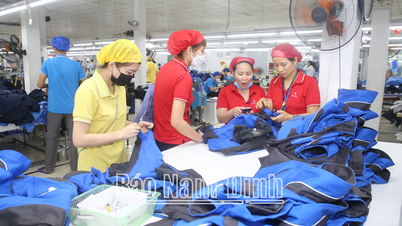








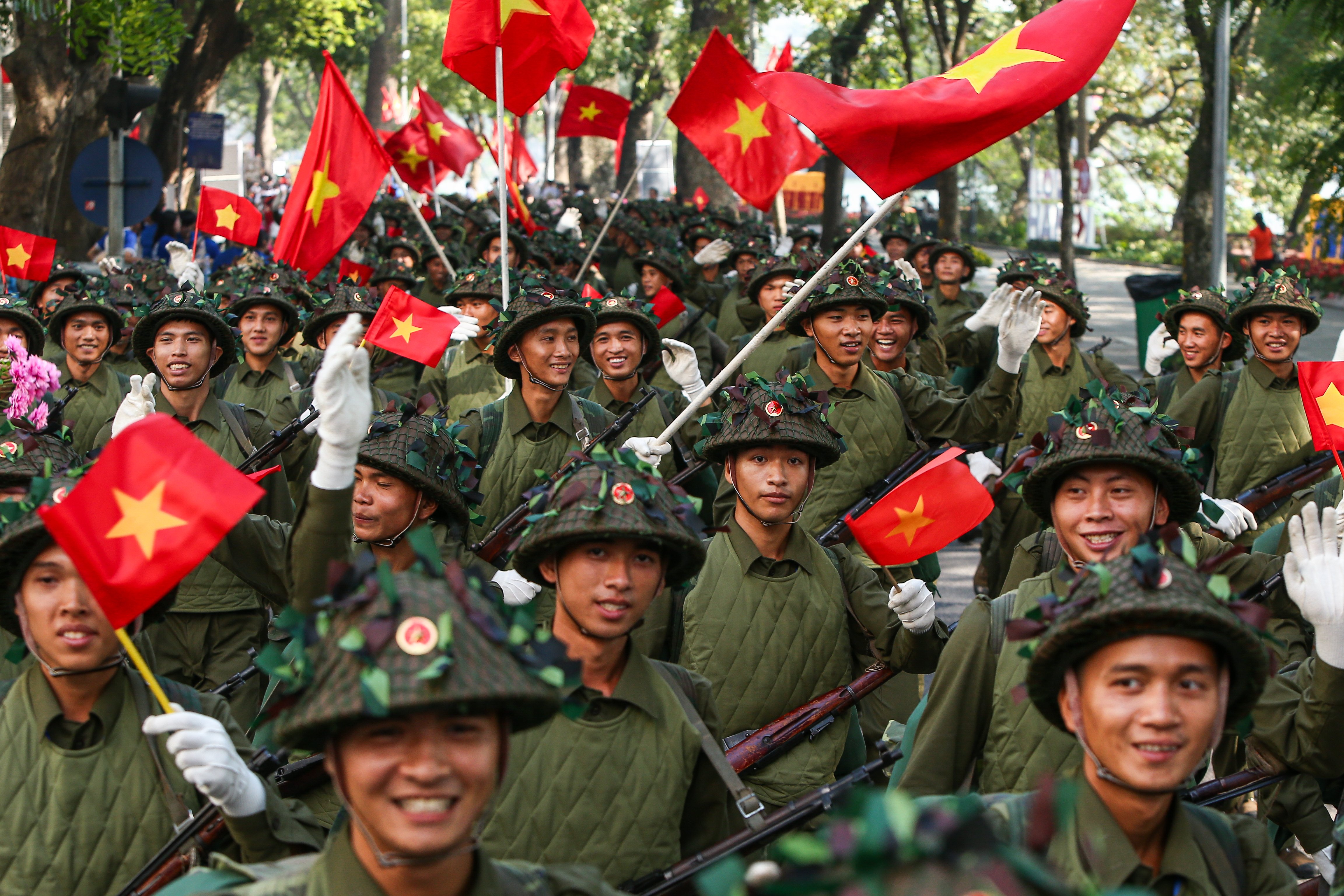

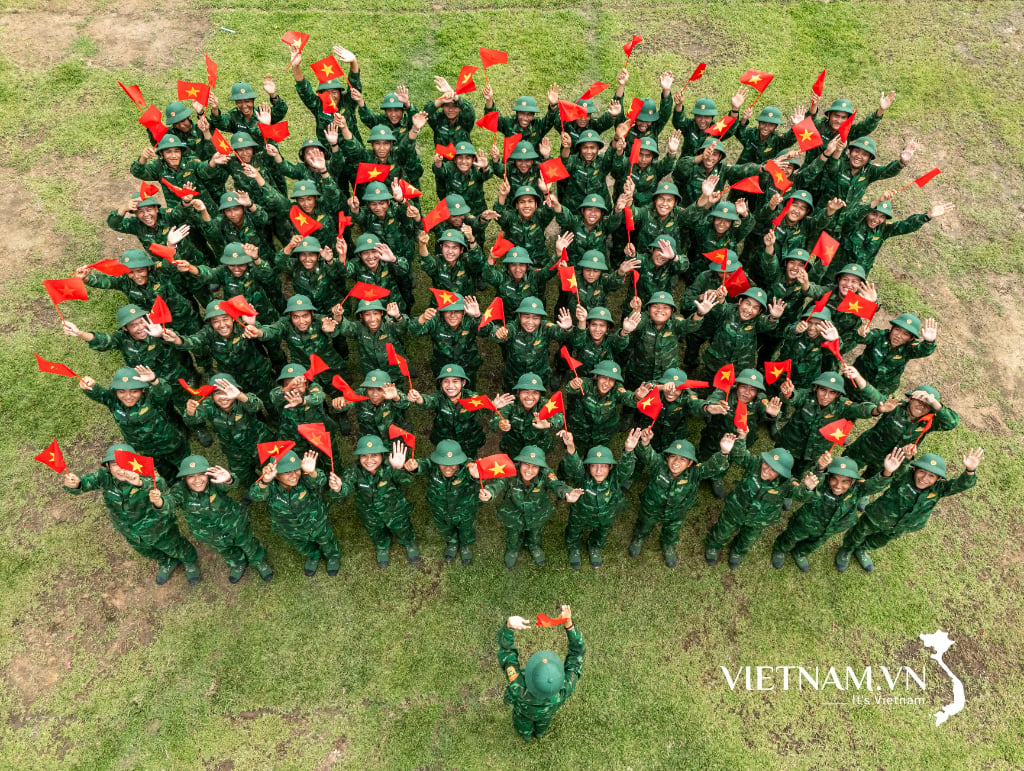

Comment (0)